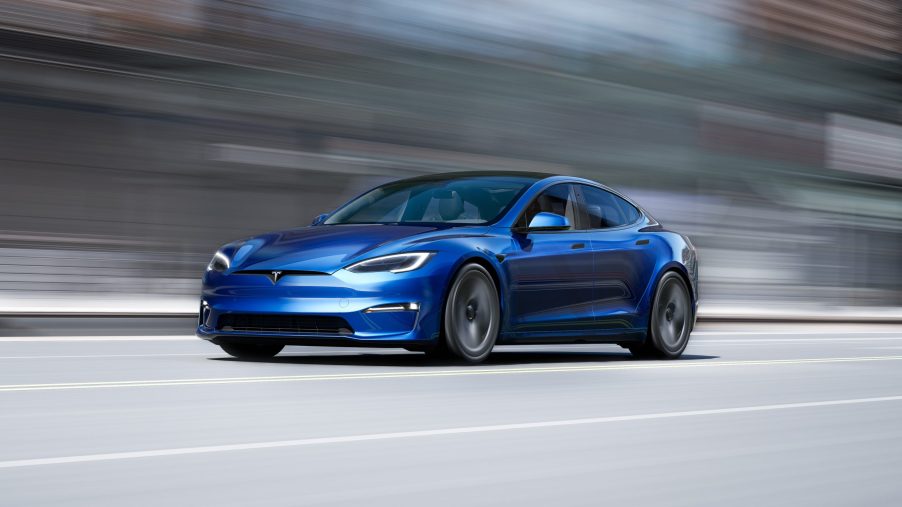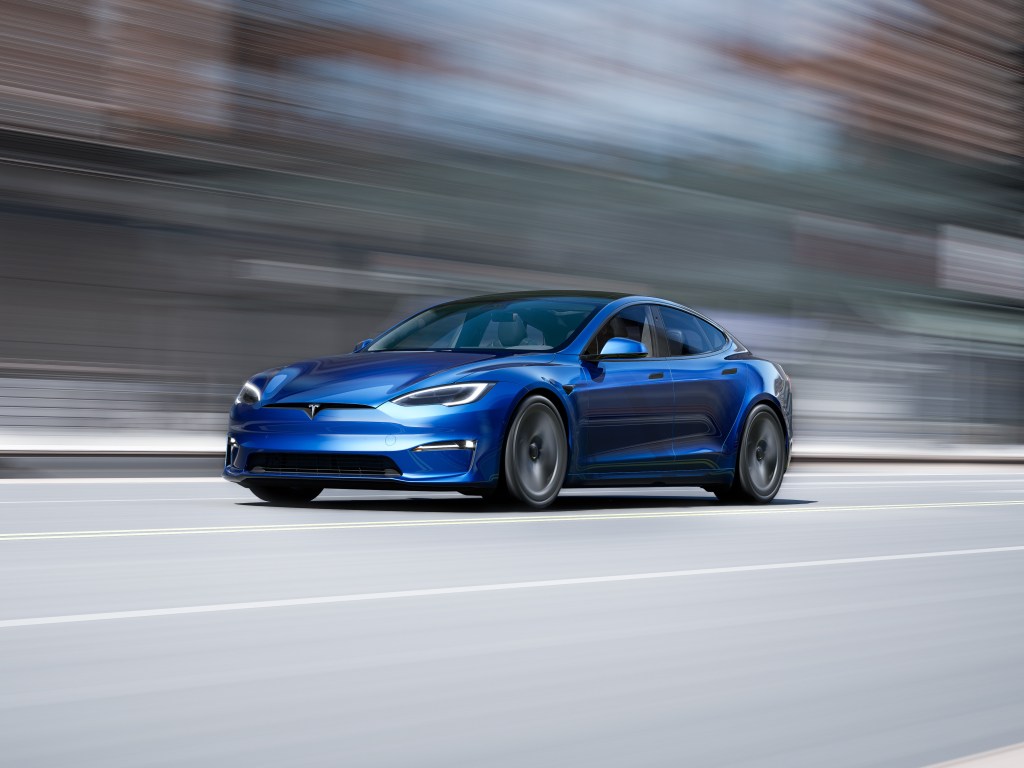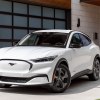
Man Added Jets to His Tesla Model S, Making It a Slightly Faster Gas Guzzler
Not long ago, Elon Musk, CEO of Tesla, explained that a future Tesla Roadster would be available with a “SpaceX” package adding thrusters to boost acceleration. Teslas are eco-friendly electric vehicles known for their quick acceleration already. Unwilling to wait, one Tesla owner added jets to his Model S to increase its speed. How did that work out for him?
A jet-powered Tesla

Matt Mikka runs a YouTube channel called Warped Perception, and it has over one million subscribers. His video channel is about making engineering and science fun, devising, and building projects to show how a proposed idea works. The goal is to interest others in STEM fields and inspire them to plan their projects and learn in the process.
Mikka takes everyday items and designs projects to debunk popular myths in the videos. He also explains how things work that aren’t easy to see or replicate. It’s about learning and satisfying curiosity.
Making modifications
In his video “Jet-Powered Tesla,” Mikka shows how he made the modifications and how they worked. Mikka bolted three jet engines to the back of his Tesla Model S. The purpose was to see if they could boost the vehicle’s acceleration under normal circumstances. How did the tests go?
In the first test on the highway, according to The Drive, the Tesla was able to reach 61 mph and maintain it in neutral, relying on the power of the attached jets. The trial was held on an empty road due to risk of burning other vehicles with the exhaust from the jet engines.
The subsequent trial had Mikka putting the car through a battery of zero to 60 tests. The road was wet, which made the results harder to interpret. Without modifications, the Model S can go from zero to 60 mph in 4.38 seconds. With the jet engines added and on a wet road, it achieved 60 mph in 3.32 seconds on one trial and 3.4 seconds on another.
Mikka achieved 60 mph in 2.4 seconds on a dry road in one trial. A better comparison in more favorable road conditions would help determine if the jets slowed the car down with their weight or if they enhanced its acceleration.
Adding the jet engines completely negates Tesla’s fuel efficiency organically as an EV. While the project was fascinating, it’s not something safe or legal for most to do independently.
How it was done
The modification was made using small jets commonly used in radio-control crafts. A custom-welded frame bolted beneath the car was used to mount the jet engines to the back of the Tesla. The engines were intentionally placed behind the trunk to keep them from windmilling while driving while they were off. It’s crucial to prevent damage to the bearings because of a lack of lubrication.
Running the jet engines required a complex setup, as shown in the video. A CNC-machined set of throttle levers was constructed and set up at the center console. A collection of switches and displays was mated to it, so the driver could start and stop the engines when needed. The driver can also keep an eye on stats while the engines are in operation.
The jets use an estimated 1.5-2 gallons of fuel each minute. In the video, they run on both hydro diesel and kerosene. With kerosene, you can fill the fuel tank mounted at the truck at any gas station that offers it. It has to be premixed with turbine oil before the engines are started.
For their next step in the project, Warped Perception wants to achieve 60 mph in under 2.0 seconds with the Tesla Model S and the jet setup. There’s no denying that it would be impressive.


